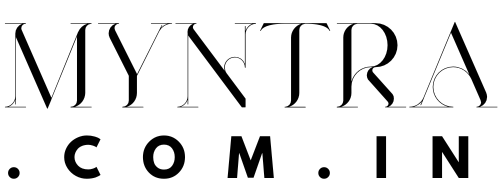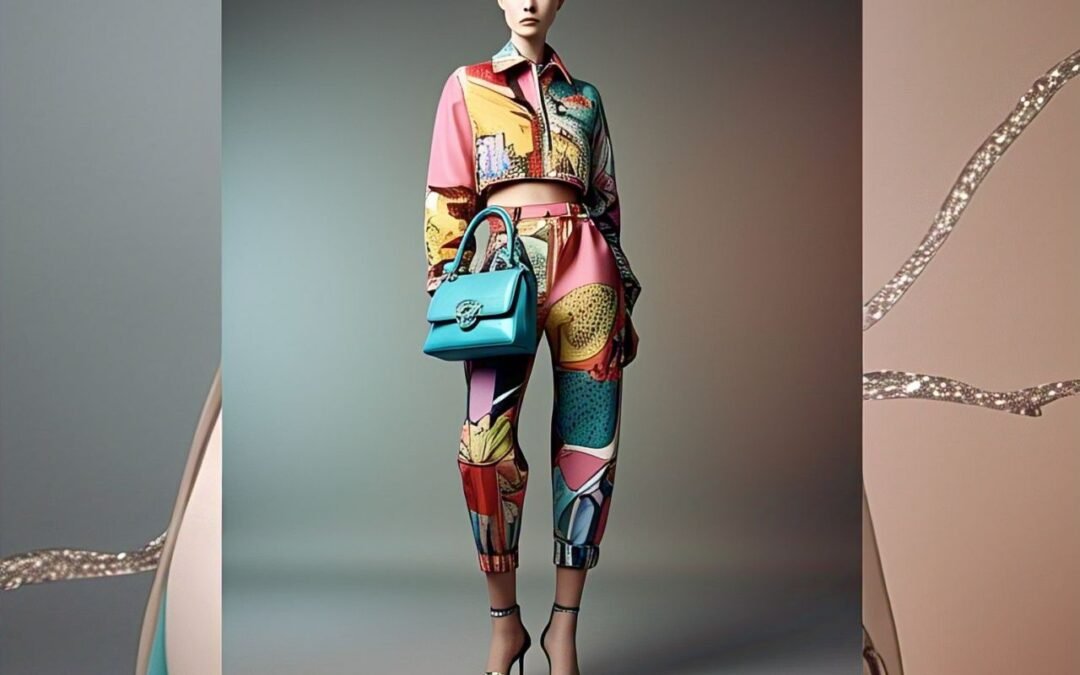Fashion design has long been considered a hands-on, studio-based profession. However, with advancements in technology and the global rise of remote working, the question of whether fashion designers can work from home has become increasingly relevant. As industries continue to adapt to the demands of modern life, many fashion designers are discovering that working from home is not only possible, but often a preferred choice. In this article, we will explore how fashion designers can work from home, the tools they need, the benefits, challenges, and practical considerations involved in making this shift.
1. The Changing Landscape of the Fashion Industry
Fashion design has always been synonymous with creativity, hands-on craftsmanship, and physical space. Traditionally, designers worked in ateliers, studios, or workshops, where they would sketch, develop patterns, source fabrics, and oversee the creation of their collections. The idea of working from home may have seemed unfeasible in the past due to the practical and collaborative nature of fashion design.
However, the landscape of the fashion industry is rapidly changing. Technology has revolutionized almost every aspect of design, from the initial concept to the final product. In recent years, especially with the rise of the global pandemic and increased interest in remote work, more and more fashion designers have embraced the idea of setting up home studios. With the right tools, resources, and organizational strategies, working from home as a fashion designer is not only viable but can also be highly efficient.
2. Technology and Its Impact on Fashion Design
Technology plays a significant role in making home-based fashion design a reality. Digital tools have transformed the way designers create, visualize, and produce their collections. Let’s take a look at some of the key technologies that enable fashion designers to work remotely:
2.1 Computer-Aided Design (CAD) Software
One of the most essential tools for remote fashion design work is computer-aided design (CAD) software. CAD software allows designers to sketch, plan, and create digital patterns without needing physical tools like paper, pencils, or fabric. Programs such as Adobe Illustrator, CorelDRAW, and specialized fashion design tools like CLO 3D or Optitex make it easier to draft designs, experiment with different colors and styles, and modify designs quickly. These programs also allow designers to visualize how fabrics will look and move, making the design process faster and more precise.
2.2 Digital Pattern Making and 3D Modeling
Digital pattern making is another advancement that allows designers to create and modify patterns remotely. With tools like Gerber Technology or TUKAcad, designers can create precise digital patterns that can be printed on fabric or sent to manufacturers. Similarly, 3D modeling software like CLO 3D allows designers to simulate how their designs will look on a three-dimensional figure, saving time and materials while helping designers to perfect their garments before they are physically made.
2.3 Communication Tools and Online Collaboration Platforms
The internet and digital communication tools have transformed how fashion designers collaborate with clients, manufacturers, and other team members. Video conferencing software such as Zoom, Google Meet, or Microsoft Teams allows designers to hold virtual meetings, brainstorm ideas, and present their work. File-sharing platforms like Google Drive, Dropbox, or WeTransfer make it easier to share designs, fabric swatches, and technical sheets with partners and manufacturers worldwide.
3. Key Tools for Fashion Designers Working from Home
Working from home as a fashion designer requires certain tools to ensure efficiency and productivity. These tools go beyond software and include physical equipment needed to execute the creative process. Let’s look at what a fashion designer would need for a functional home-based workspace.
3.1 Workspace Design and Equipment
While fashion designers don’t necessarily need large studios, having a well-organized workspace is essential. The home studio should be equipped with comfortable seating, proper lighting, and ample space for working on sketches, fabric swatches, and patterns. A sturdy desk, ergonomic chair, and storage solutions for keeping materials organized are also crucial for maintaining a productive environment.
3.2 Sewing Machines and Equipment
Depending on the designer’s role, some might still need sewing machines, fabric cutting tools, and other equipment for garment production. These tools can be set up in a designated area at home, but it’s important to have enough space for handling larger fabric pieces and a workspace where sewing machines can be used comfortably.
3.3 Fabric Sourcing and Digital Swatching
Fabric sourcing remains a key aspect of fashion design. While in-person fabric shopping may still be necessary for some designers, many now opt for online fabric suppliers that provide digital swatches and fabric samples. With an internet connection, designers can explore a wide range of fabrics and materials from around the world, making the sourcing process both efficient and flexible.
4. Benefits of Working from Home as a Fashion Designer
There are several advantages to working from home as a fashion designer. Let’s explore the main benefits that come with remote work in this creative industry.
4.1 Flexibility and Time Management
One of the biggest benefits of working from home is the flexibility it offers. Designers can set their own schedules, prioritize tasks, and balance work with personal life more easily. This is especially valuable for designers who juggle multiple projects, clients, or even side businesses. By eliminating the need for commuting, designers can maximize their work hours and be more productive.
4.2 Cost Savings
Working from home also leads to significant cost savings. Fashion design studios or ateliers can be expensive to rent, especially in major cities. By working from home, designers can avoid these overhead costs, reducing their expenses. Additionally, the need for travel and office-related expenditures is minimized, allowing designers to invest more in materials or other aspects of their business.
4.3 Creative Freedom
Home-based workspaces often offer more freedom in terms of design aesthetics and workflow. Designers can create their own environment that aligns with their personal creative vision. Whether it’s surrounding themselves with inspirational artwork, fabrics, or design books, working from home allows designers to immerse themselves in a space that fosters creativity without distractions from the hustle and bustle of a traditional office setting.
4.4 Greater Work-Life Balance
For many fashion designers, working from home can improve work-life balance. The ability to manage one’s schedule more freely allows designers to take breaks, spend time with family, or pursue hobbies outside of work. This balance can enhance well-being, reducing burnout and boosting long-term creativity.
5. Challenges of Working from Home as a Fashion Designer
While working from home offers many benefits, it is not without its challenges. Here are some common obstacles that fashion designers may encounter:
5.1 Lack of Social Interaction
Designers often rely on collaboration and feedback from colleagues, clients, and other creatives. Working from home can lead to feelings of isolation, which might hinder the design process. Without in-person discussions or brainstorming sessions, designers may find it difficult to maintain inspiration and motivation.
5.2 Limited Physical Space
Not all designers may have the luxury of spacious homes or dedicated rooms to set up a full-fledged studio. Limited space can make it challenging to work with large patterns, fabrics, or sewing machines. For designers whose work involves complex garment creation, working from home might require creative solutions to make the space work effectively.
5.3 Managing Multiple Responsibilities
Running a fashion business from home can mean wearing many hats. In addition to design work, designers may need to handle marketing, client communications, bookkeeping, and other administrative tasks. This can become overwhelming, especially for those working independently or on a small team.
5.4 Access to Manufacturing Resources
Some aspects of fashion design, such as sourcing high-quality materials or having garments produced on a large scale, may require external partnerships. While technology allows for digital communication and collaboration, designers may still need to travel or establish relationships with fabric suppliers and manufacturers, which can be harder to coordinate remotely.
6. Practical Tips for Fashion Designers Working from Home
To make the most out of working from home, fashion designers can implement a few practical strategies:
6.1 Create a Designated Workspace
Set up a specific area in your home for work. This helps separate professional tasks from personal life, which is essential for maintaining focus and productivity. A well-organized workspace can minimize distractions and encourage creativity.
6.2 Stay Connected
While working remotely, staying connected with clients, collaborators, and manufacturers is key. Use video calls and collaborative platforms to share updates, seek feedback, and collaborate on designs. Regular communication ensures that projects stay on track and that all parties remain aligned with the design vision.
6.3 Invest in the Right Tools
Make sure you have the necessary software, equipment, and tools for digital design, pattern making, and sewing. Invest in reliable CAD programs, 3D modeling software, and high-quality sewing machines if your designs require physical production.
6.4 Establish a Routine
Working from home can blur the lines between personal time and work time. Establishing a clear routine helps maintain productivity. Set regular hours, take breaks, and set boundaries to avoid burnout and maintain a healthy work-life balance.
Conclusion
Fashion designers can undoubtedly work from home, and many are finding it to be a highly effective and rewarding approach to their craft. With the right tools, technology, and space, remote fashion design offers flexibility, cost savings, and creative freedom. However, like any job, it also comes with challenges, including social isolation, limited physical space, and the need for strong self-management. By embracing digital tools, maintaining strong communication, and adapting to the unique demands of home-based work, fashion designers can successfully navigate the world of remote fashion design and build thriving careers from the comfort of their own homes.
This article highlights how the evolving fashion industry and advancements in technology have made it possible for designers to work from home. As more designers shift to remote work, the future of fashion design looks increasingly flexible, digital, and accessible.

